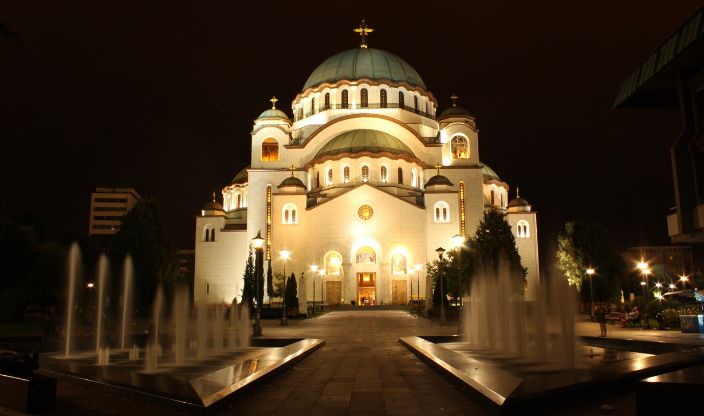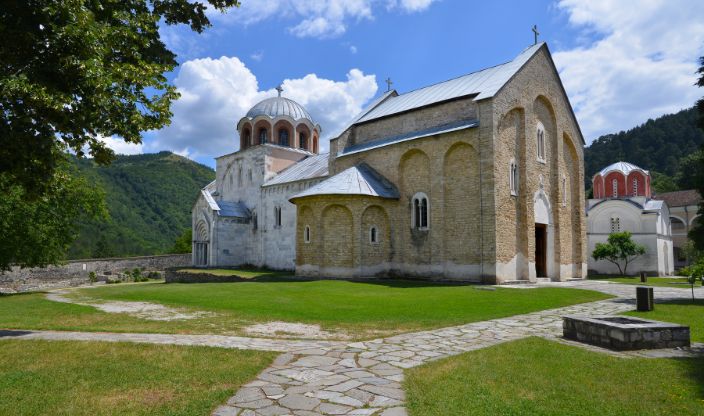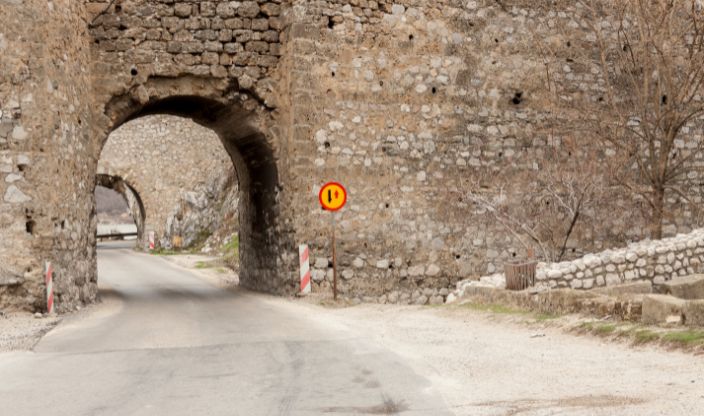Introducing Serbia
Serbia is a hidden jewel in the middle of the Balkans with its picturesque ancient villages, verdant valleys, and woods. Despite its turbulent past over the last few centuries, this landlocked nation has become one of the most intriguing travel destinations.
Serbia, in contrast to other nations in Europe, has largely avoided the effects of mass tourism. Everything in Serbia feels genuinely natural, from the warmth of the people to the rich culture and heritage seen in its landmarks. Serbia is a great location for any kind of vacation, whether you like outdoor activities, historic sites, gastronomic adventures or even exciting music festivals.
Serbia is situated on the Balkan Peninsula in southeast Europe. It is the largest state in the former Yugoslavia in terms of land area. Landlocked, Serbia is bordered by Hungary in the north; in the east, by Romania and Bulgaria; and in the south, by Macedonia, Albania, and Kosovo. Serbia also shares borders with Bosnia and Herzegovina in the west and Montenegro in the south-west.
Things start to heat up in April, when highs of 17°C are ideal for taking in the historical attractions. To hike the Dinaric Mountains, trekkers may prefer to wait until the summer when temperatures can reach to the mid 20s. But, as these are mountains, hikers should always be ready for wind chill and rain, even during summertime. Across the entire nation, May and June are the wettest months.
Serbian cuisine offers many wonderful gastronomic delights influenced by its Balkan neighbours and Europe generally.
Some of the key dishes that have become staples in their cuisine include:
Sarma: cabbage roll is filled with rice, sauerkraut, tomato sauce, and pork mince. It can be turned vegetarian by using fillings other than meat. It is a well-liked meal that is typically served at festive occasions and eaten during the winter.
Cevapi: In the Balkan nations, grilled meat is known as cevapi. These are little sausages or kofte kebabs made of minced beef and pork. Although you’ll frequently see them with ajvar and kajmak, they’re best eaten with flatbread and sour cream.
Gibanika- Although it can be prepared in a variety of ways, enjoyed hot or cold, and for a variety of different events, this pie made of filo pastry is usually stuffed with cottage cheese and egg. In Serbia, the dish is typically consumed cold and served with yoghurt of some sort.
Thracians, Dacians, and Illyrians were some of the earliest ethnic groups to live in Serbia. In the fourth century BC, the Empire of Alexander the Great reached Serbia’s southern region. Serbia would eventually join the Roman Empire. Constantine I, one of the most well-known Roman emperors, introduced Christianity to Rome.
Stefan Nemanja laid the groundwork for the Kingdom of Serbia in the year 1170. Later, King Milutin would increase the size of Serbia, and his son King Stefan Dusan would lead the Kingdom to its pinnacle. The Ottoman Empire did, however, conquer the Serbs in the 1400s.
The Serbians started their battle for freedom after more than 300 years of Ottoman tyranny. Petrovic and Obrenovic were two independence battle heroes.
There are many exciting activities you can do with the family in Serbia. Some of these include:
Fruška Gora National Park
The 22,000-acre Fruka Gora, which is only 30 minutes from Novi Sad, is the biggest Linden Forest in Europe as well as clearly signposted hiking and mountain biking trails.
Petroland Aquapark, Novi Sad
Just 20 minutes from Novi Sad is Serbia’s largest waterpark, Petroland Aquapark. Splash fun for younger children, various swimming pools, slides, chutes, and rides, and – best of all – beaches can be enjoyed here.
EPIK, Serbia
EPIK is the largest play area in Serbia at 2000m2, and it features a laser tag arena, a trampoline park, a mini-golf course, adventure tracks, basketball courts, and football fields. It also offers a special area with a fascinating maze and a tonne of imaginative games and activities for children under 12 years old.
Recommended Serbia Specialists
Top Locations in Serbia




